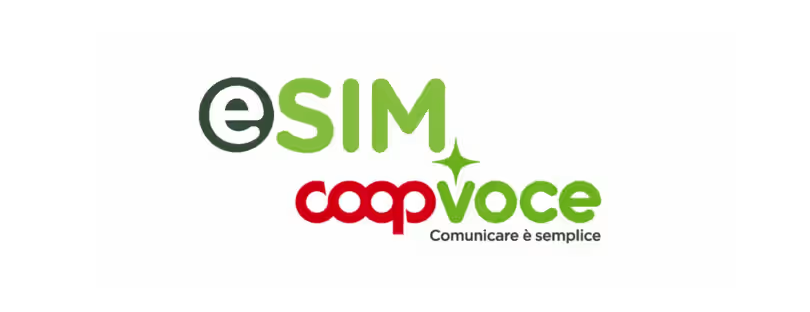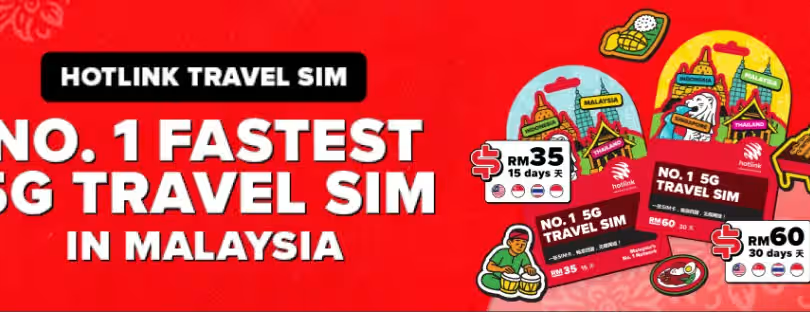
3 ways to activate eSIM-capable consumer IoT devices
The advent of an increasingly larger number of new eSIM-capable IoT devices since 2016 (including Apple’s new iPhones and iPads and Android eSIM-ready smartphones since the end of 2018) have raised the challenge to deliver a straightforward customer experience regarding mobile eSIM-enabled connectivity. Find out how to activate eSIM enabled device below. sm dp+ address
With the eSIM being soldered deep into the device hardware, mobile ecosystem stakeholders have to answer a vital question:
How to remotely provide mobile connectivity to a genuinely offline eSIM-enabled device, while enhancing the user experience subscribers were used to with traditional SIMs?
Indeed, the SIM card was so far the only operator’s connectivity element. As a physical form factor representing the mobile operator’s subscription service, the removable SIM card brings users the simplicity of use and freedom of service. For this reason, it will still be there for a long time.
The eSIM ecosystem is now turning a physical market (i.e. SIM) for mobile operators and OEMs into a fully digital one. As such, the SIM card dematerialization represents a true Big Bang for mobile operators because it constitutes the digitalization of the connectivity distribution. As the SIM’s worthy heir, the eSIM has to bring this customer experience to the upper level.
Before moving forward, let’s review 3 of the main GSMA-compliant eSIM architecture components:
- The eUICC is a piece of the device hardware that acts as a secure container to store the eSIM profile in the device.
- The eSIM profile is a virtual profile that stores the user’s subscription and network settings and allows the user to connect to the corresponding mobile network.
- The operator’s Subscription Manager Data Preparation platform (aka SM-DP+, i.e. the eSIM subscription management server) aims at securely downloading the eSIM profile it stores onto the eUICC. Once the operator’s BSS creates the subscription, it informs the SM-DP+ about the availability of this subscription and requires the creation of an eSIM profile.
Let’s see the 3 different ways to activate an eSIM-enabled consumer device, i.e. the various methods to link an eSIM-based mobile subscription and an eUICC-equipped consumer device:
1. QR code-based voucher activation.sm dp+ address
Let’s assume a user wants to buy an eSIM-based mobile subscription – at an operator’s point of sales or online – for her/his eSIM-capable device s/he already owns or that s/he’ll buy later. The first option for mobile operators consists in providing customers with a QR code e-voucher to be scanned with the smartphone in order to download the eSIM profile (corresponding to the subscription just bought) to her/his device. Said differently, this QR code simply contains a set of information (e.g. SM-DP+ address…) that tells the device where to get its final eSIM profile from.
- READ MORE: Countries & carriers which supports eSIM
Then there are 3 pre-requisites:
- A primary connection must be available for attaching the smartphone and the SM-DP+. Basically, SM-DP+ is a platform that stores the digital eSIM profiles The primary connection can be based on Wi-Fi or an eSIM bootstrap profile provided by the OEM.
- The OEM vendor must embed the LPA (Local Profile Assistant) in the device OS: it is an application that allows the eSIM profile download to the eUICC and local profile management on the device by the end user (i.e. QR code scanning).
- The mobile operator must equip its points of sale with printers for stamping the QR code ormust provide physical paper activation vouchers to its users (see below the example of StarHub in Singapore). In both cases, there is a risk of loss or theft of the QR code.
StarHub eSIM activation voucher for Samsung Gear S3 4G Smartwatch
There are two more things to remember:
- This voucher activation method is widely used for most of the launches of eSIM-enabled consumer devices, such as Samsung’s Gear S2 3G smartwatch, e.g. TIM Italy, Orange France. Interestingly, Apple’s latest 2018 generation eSIM-compliant iPhones also rely on QR code.
2. The SM-DP+ address is set by default in the eUICC.
Operators can alternatively sell a mobile subscription with an operator-branded handset.
In this context, the second option to activate the eSIM subscription consists of pre-provisioning the device’s eUICC with the operator’s remote SIM provisioning platform (SM-DP+) address during the device manufacturing stage. Consequently, once switched on for the first time, the device directly connects to the SMDP+ server to retrieve its full eSIM profile.
This makes the adoption and activation of eSIM technology simpler thanks to an excellent customer experience.
However, mobile operators need to work closely with OEMs to customize the devices to their network. This may generate non-negligible inventory and supply chain costs compared to vanilla open-market devices.
A primary connection is still required for attaching the device for the first time to the network’s SM-DP+ server.
At last, this mechanism only works for operator-subsidized eSIM-enabled handsets, the user has to buy the operator’s subsidized handset together with the mobile operator’s subscription. Thus it is a perfect fit for markets with high post-paid penetration, such as the US.
3. GSMA’s Root Discovery service-based eSIM activation.
Since the second semester of 2017, a third option exists to remotely activate a consumer eSIM-capable device.
It is called Subscription Management Root-Discovery Service (i.e. SM-DS); indeed it intends to further enhance the customer experience of connecting an open market consumer eSIM device to the mobile network with the offer of the user’s choice.
In this case, the user purchases separately her/his eSIM-based mobile subscription and smartphone. Once switched on for the first time, the device will automatically and instantly retrieve over-the-air the eSIM profile (corresponding to the mobile subscription just bought by the user) destined for the device.
It provides a true out-of-the-box mobile subscription activation and makes the adoption of eSIM technology a lot simpler for end-users.
It also relieves points of sales and users as it does not require issuing and/or stamping the QR activation code.
How is this magic made possible?
The QR code activation process, requires:
- A minimum first level of native connectivity for the devices for attaching the smartphone with the SM-DS platform.
- LPA to be supported by the device.
In addition, mobile operators and other mobile connectivity providers must also connect their SM-DP+ platform to the SM-DS platform (what they are increasingly doing).
So far, the GSMA Root Discovery Service is provided by the GSMA. So far, Gemalto is the sole provider of this solution.
CONCLUSION: USER EXPERIENCE AT THE VERY CENTER OF ESIM ACTIVATION MODES sm dp+ address
The main driver for the creation of different eSIM activation modes is the improvement of the user experience.
Thus the whole mobile industry stakeholders are continuously working in order to bring further enhancement. 2019 will be another crucial year that should probably see the emergence of new ways to activate consumer eSIM-enabled devices. activate eSIM
If you are travelling abroad and need SIM cards choose between daily, monthly or data packages without expiration. If prefer instant connectivity, get eSIM. Also, be aware that each Android Smartphone Can Be Upgraded To ESIM With ESIM.Me













